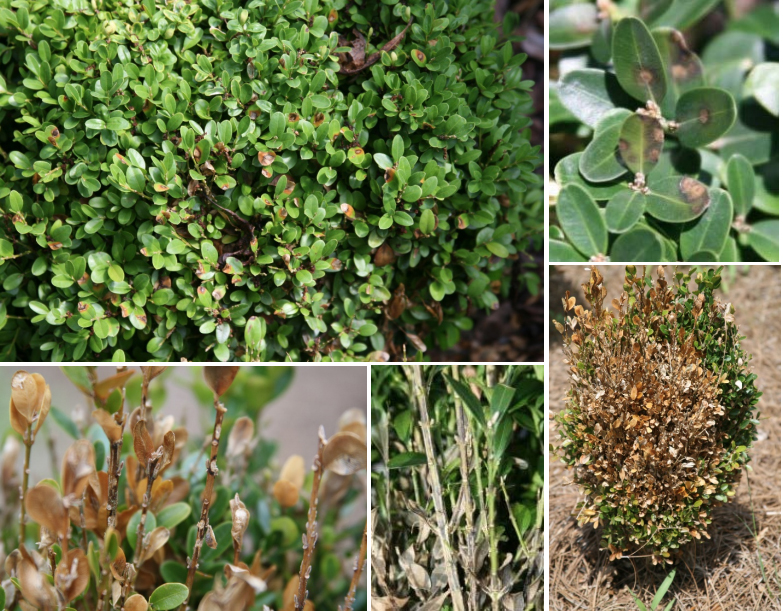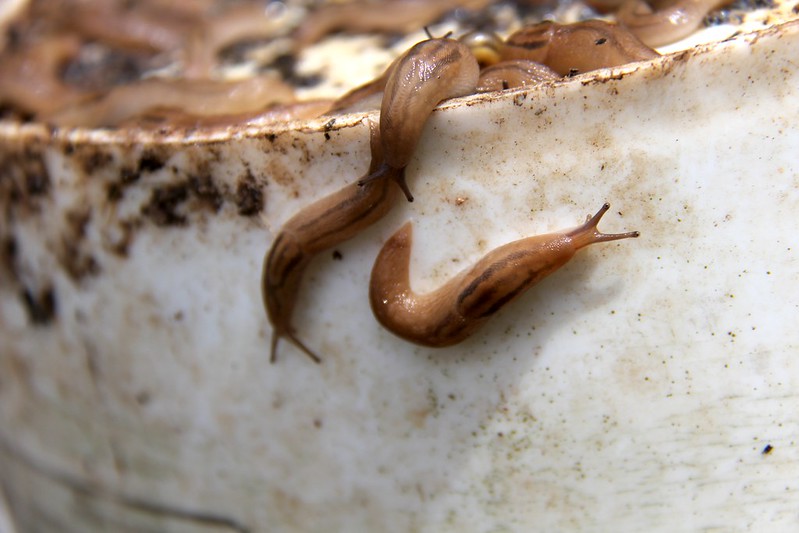 CAES News
CAES News
Snail Mail
Recently, a church trustee in Bartow County brought samples of “holey” mail to the local University of Georgia Cooperative Extension office for closer examination. Strangely, mail deposited in the church’s mailbox was showing up with holes chewed through the outer layer of the envelopes, but the mail inside was intact — a small miracle in itself.

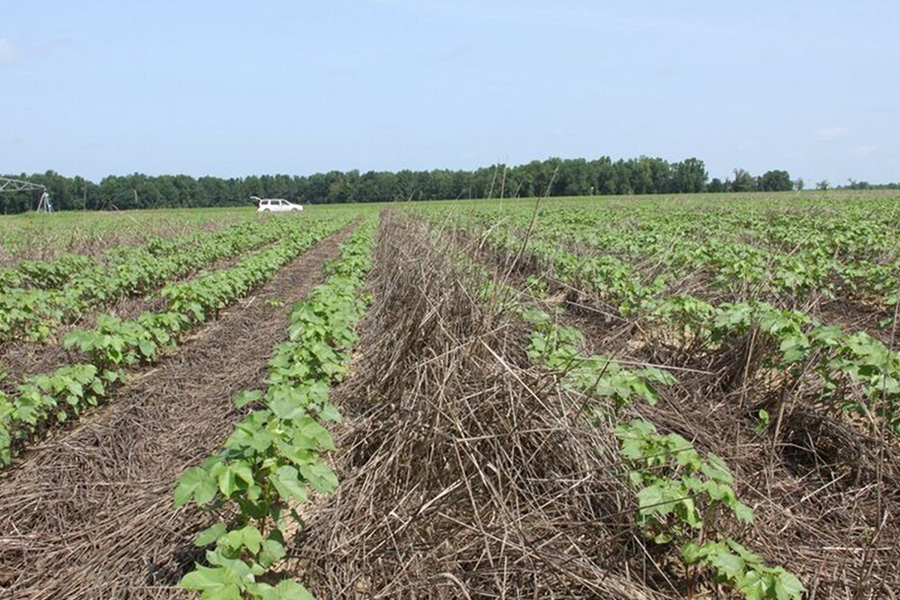
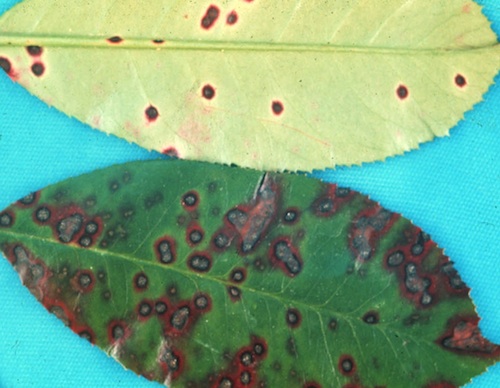
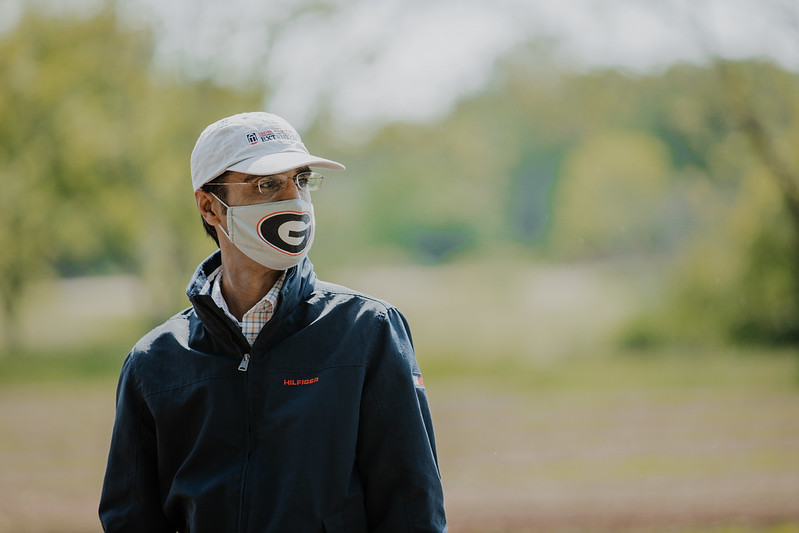
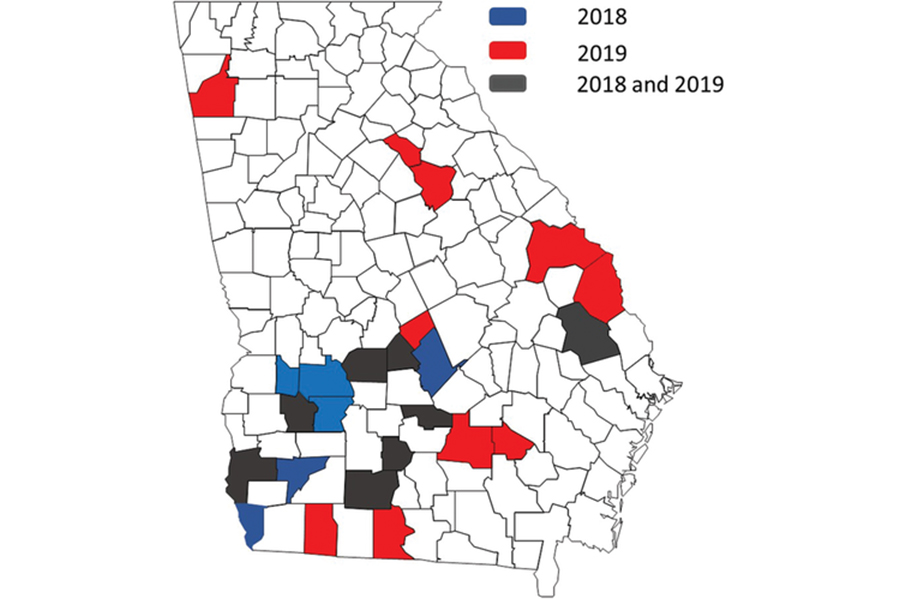
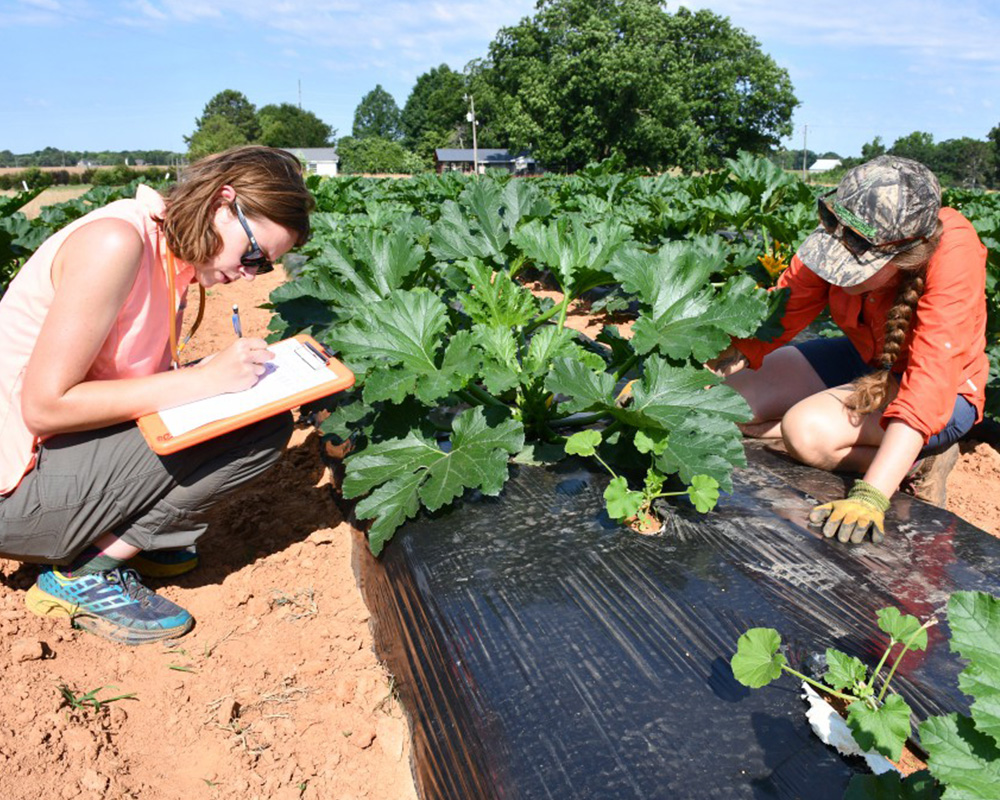

.JPG)
